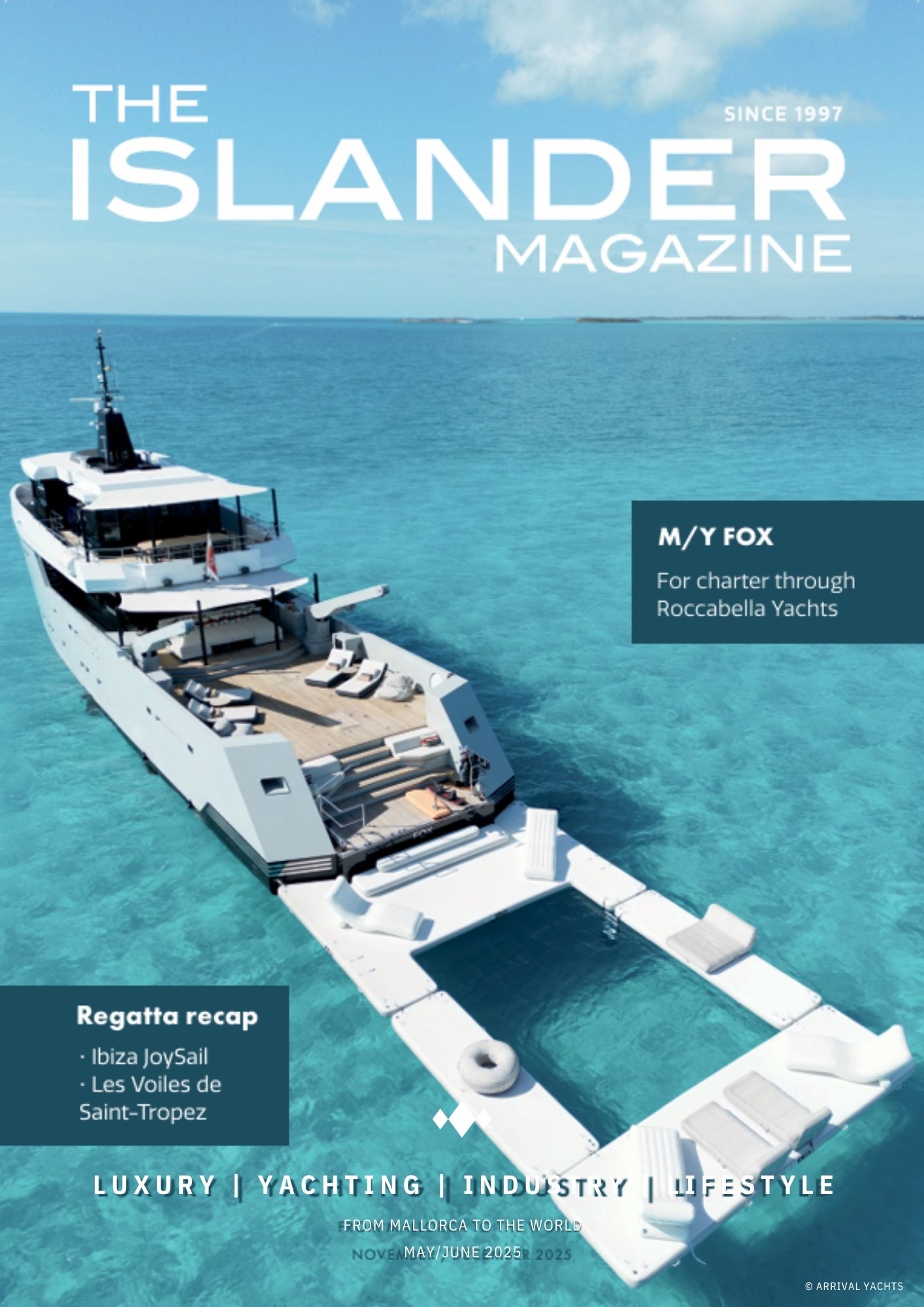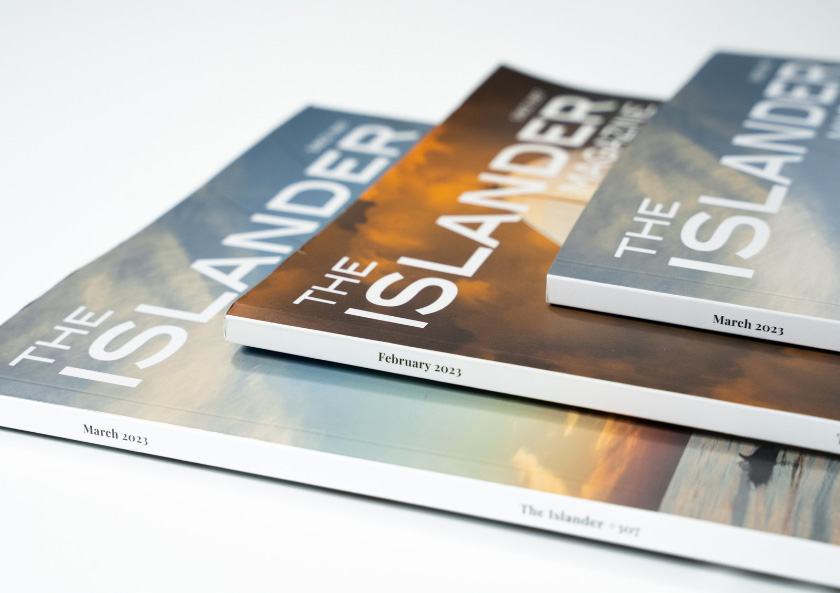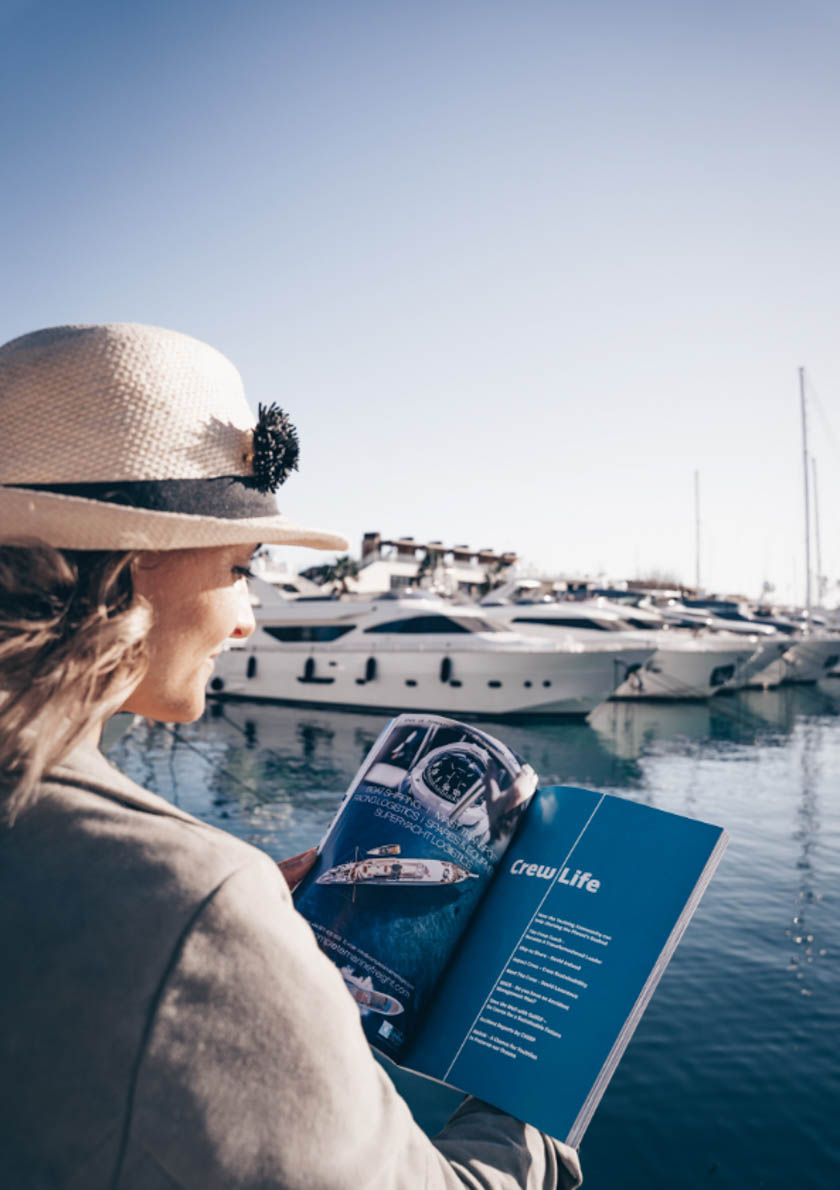Palma’s harbour may now be filled with modern yachts, but the city’s seafaring history is still very much alive. This historical walking tour in Palma takes about an hour and leads you past centuries-old bastions, market halls, and palaces that once shaped the city’s identity.
From Bar Cuba to Es Baluard
Start your walk at Bar Cuba on Avenida Argentina, a striking building from 1904 with a colourful past in tobacco smuggling. Across the street, Parc de la Feixina was once a military parade ground. Cross the bridge to reach Es Baluard, a 16th-century bastion that once stored water for ships via an underground cistern. Today, it’s home to a contemporary art museum.
Along the harbour’s edge
As you walk east, imagine the sea once lapping against the foot of the city walls. The area was transformed over the last century, especially with the addition of the Paseo Marítimo in the 1950s. Look for the bust of Nicaraguan poet Rubén Darío and the historic Drassana Square, where ships were once built and equipped for voyages around the world.
Trade, power and the sea
Next is the Consulat del Mar, a 17th-century building where merchants and harbour authorities once operated. Just across the road is the chapel of Saint Elm, patron saint of sailors. Nearby stands the Market Hall (La Llotja), an architectural masterpiece with vaulted ceilings and spiral columns, originally used for merchant trading.
This area was the heart of Mallorca’s trade routes, connecting Spain, France, Italy and North Africa. Merchants lived in the nearby Santa Cruz district, profiting from the vibrant exchange of goods and cultures.
Palma cathedral and the Almudaina palace
Climb the stairs to visit the Almudaina Palace, originally built by the Moors and later converted by King James II. Next door stands Palma Cathedral, started in 1229 and completed centuries later. Its iconic flying buttresses were added after an earthquake in 1851. Below the cathedral, look for the Vaults (Ses Voltes), once infantry barracks.
Final stops: noble houses and bastions
Continue past Carrer de la Portella to see the former home of the Marques de la Torre and the residence of the infamous Count Ramon Zafortesa. The route ends at Berard’s Bastion and the Prince’s Bastion, both key defence points in the city’s fortifications.
Want to explore more?
Visit www.mallorcadaysout.com or join the Facebook page for more local history and photos. For Mallorca-themed website copywriting, contact Andrew Rawson at rawsonandrew@hotmail.com or visit www.mallorcadaysout.com.























0 Comments